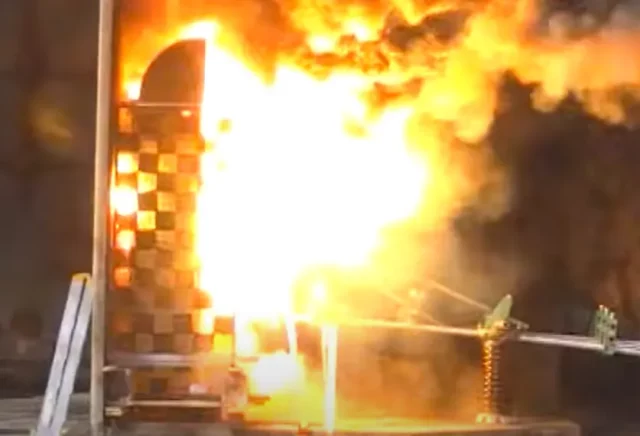Arc-flash analysis is required by the Philippine Electrical Code (PEC) to enhance safety for workers who may be exposed to electrical hazards. PEC mandates arc-flash analysis requirements under Section 1.3.2.1(F) Design Analysis as 1.3.2.1(F)(6).
An arc-flash hazard analysis is conducted to inform concerned parties about the importance of appropriate personal protective equipment (PPE) based on the specific flash hazard risk category identified. While coordinating overcurrent protective devices alongside the hazard analysis can potentially reduce the severity of PPE required, it is not mandatory within the scope of this arc-flash hazard analysis.
Why is Arc-Flash Hazard Analysis Required?
The Philippine Electrical Code (PEC) mandates an arc-flash hazard analysis to improve workplace safety for individuals exposed to electrical equipment. This requirement serves several essential purposes:
- 1. To Protect Worker - Safety
- Arc flashes can produce intense heat, light, and pressure, leading to serious injuries, burns, or fatalities. By identifying and evaluating arc-flash hazards, facilities can better protect workers and mitigate potential risks.
- 2. To Determine Appropriate PPE
- An arc-flash hazard analysis calculates the incident energy at specific points within an electrical system, which helps establish the level of personal protective equipment (PPE) workers should wear to ensure safety.
- 3. To Provide Accurate Hazard Labeling
- The PEC requires that electrical equipment display hazard labels indicating arc-flash risks, approach boundaries, and PPE requirements. Analysis ensures that labels accurately reflect the level of risk, aiding workers in recognizing hazards and taking necessary precautions.
- 4. To Ensure Compliance with Safety Standards
- Compliance with arc-flash safety regulations aligns with local safety standards, reduces liability, and helps avoid potential penalties associated with non-compliance.
- 5. To Define Safe Working Boundaries
- Analysis also establishes safe working distances, such as the arc-flash boundary, where specific safety measures must be followed to minimize the risk of arc-flash incidents.
When is Arc-Flash Hazard Analysis Not Required? This analysis is not required for dwelling units but required for service equipment and other electrical equipment not part of the individual dwelling units of residential condominiums andindividual detached dwelling units.
Guidelines in Performing Arc-Flash Analysis
The PEC 2017 recommends IEEE Std 1584-2002 as a basis for performing arc-flash analysis. The IEEE 1584 standard provides the primary methodology for calculating arc-flash incident energy and establishing arc-flash boundaries. It includes formulas and procedures based on various parameters, such as system voltage, fault current, equipment configuration, and working distance.
The 2018 update introduced improved modeling techniques, incorporating additional variables like enclosure size, electrode orientation, and conductor gap, allowing for more accurate incident energy calculations.
